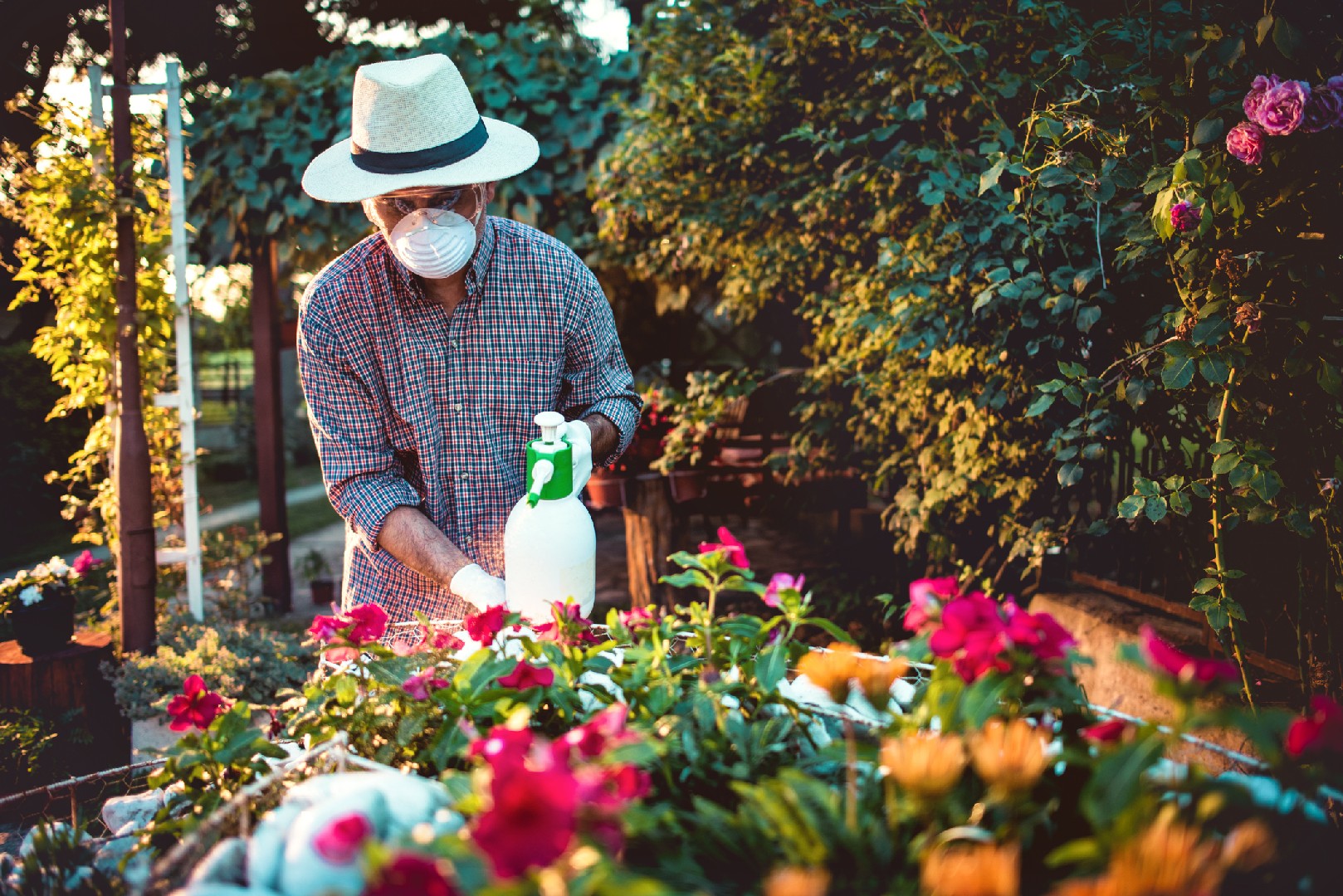![Rectangle]()
Understanding Biological Control
Biological control is a powerful tool in the field of integrated pest management (IPM) that harnesses nature's warriors to combat pests. The basic concept behind biological control is to utilize natural enemies, such as beneficial insects, parasites, or pathogens, to regulate pest populations. By understanding and implementing this approach, farmers and gardeners can effectively reduce pest damage without relying solely on chemical pesticides.
To fully grasp the importance of biological control, it is essential to recognize its role within the larger IPM framework. Integrated pest management is a holistic approach that combines various strategies to keep pest populations below economically damaging levels while minimizing the use of harmful pesticides. By incorporating biological control methods into their IPM practices, farmers can achieve sustainable pest management and maintain ecosystem stability.
One significant advantage of adopting biological control methods is the long-term benefits they offer. Unlike chemical pesticides that may have detrimental effects on the environment, biological control agents are typically specific to the target pest and pose minimal risk to beneficial insects, wildlife, and human health.
There are different methods of biological control that can be employed depending on the pest and the circumstances. The most common method is the release of natural enemies, also known as biological control agents, into the affected area. These beneficial organisms can establish a population and provide ongoing pest control throughout the growing season. Another tactic is the augmentation of existing natural enemies by providing them with suitable habitat and food sources to enhance their effectiveness.
In addition to being environmentally friendly, biological control methods can also be cost-effective. Once established, natural enemies can reproduce and continue to control pests without the need for additional inputs. This can significantly reduce the reliance on expensive chemical pesticides and ultimately save farmers money.
To successfully implement biological control, it is crucial to have a solid understanding of the pests and their natural enemies. Monitoring pest populations, identifying key pests, and learning about beneficial insects that target those pests are essential skills for effective biological control. Additionally, knowledge of pest lifecycles and the factors that influence natural enemy populations can help determine the best timing and methods for biological control implementation.
In conclusion, biological control is a valuable component of integrated pest management that not only provides effective pest control but also brings numerous benefits. By understanding the basics of biological control, its role within IPM, and the advantages it offers, farmers and gardeners can adopt these methods to achieve sustainable pest management. With its focus on harnessing nature's warriors, biological control empowers us to work in harmony with the environment while protecting our crops and gardens.





